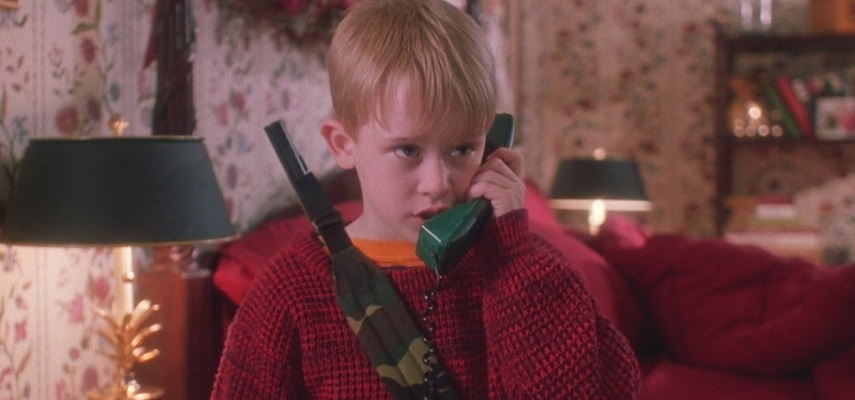It is crucial to educate kids about safety. Accidental injuries are still the leading cause of fatalities in the US. Falling, drowning, and traffic top the list. Parents and caretakers must learn how to keep kids safe at home and outdoors.
Modern technology allows adults to achieve the goal more easily. A GPS watch shows the location of your kid at any time. A free phone number tracker helps you identify suspicious callers. Still, these handy tools do not eliminate all threats. From stranger danger to fire safety, here are five essential components of safety awareness.

1. Emergency Response
Small children should learn how to call 911 and communicate with the dispatcher. Parents may use a role play based on questions and answers to make it more engaging. Help kids visualize possible scenarios. They can use a play phone to work to practice conversations with the call center.
- What would they do if you couldn’t wake up?
- What number would they dial?
- What questions do they think they would be asked?
- Should they be worried or calm?
2. Practice Fire Safety
Kids should know how house fires can be prevented and escaped. Use a checklist with safety basics. There is no shortage of online resources. You can print posters, order brochures, install special games, etc.
3. Avoiding Poisons
Poisoning is a common problem. Every day, over 300 cases of child poisoning are registered across the US. Two of them are fatal. As kids grow, they can reach higher. Thus, teaching them about household poisons is vital.
Kids must understand that chemicals may harm them. The same applies to any medicine and items which are not labeled clearly. You should also educate kids about ways to get help.
4. Precautions Outside the Home
The older your kids become, the longer they spend outdoors. Make sure they know safety routines connected to their favorite activities. For example, they must not swim unattended. You should also tell them what to do if they see someone drowning.
Teach your kids how to cross the street safely. Make sure they understand that playing near a roadway can be dangerous, and cycling on public streets has its own rules.
5. Talk About Strangers
Strangers may look pretty, charming, interesting, but there is no way to know their true intentions. Your kids should understand this. Sometimes, parents delay this talk for fear of scaring their bundles of joy. Still, you can strike a balance between teaching safety lessons and instilling fear. Roleplay typical situations, so learning is fun.

Final Words
These are fundamental things every parent should teach their children. The world is a dangerous place. Such conversations should start at an early age, as safety awareness is paramount.
































